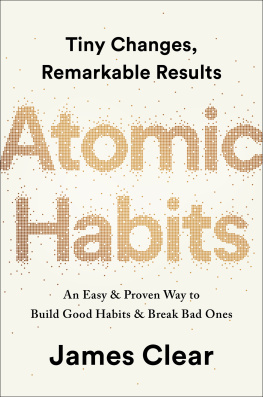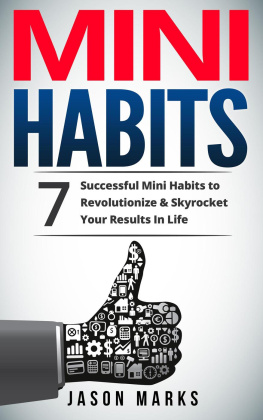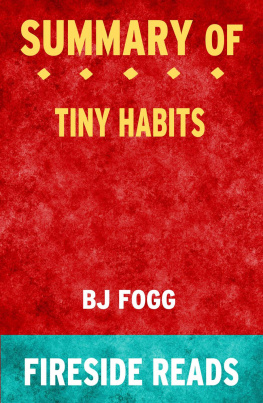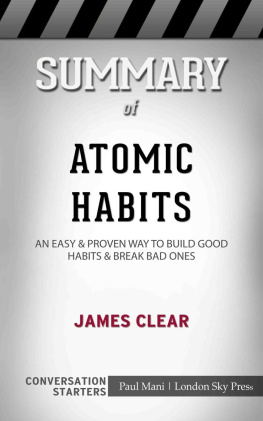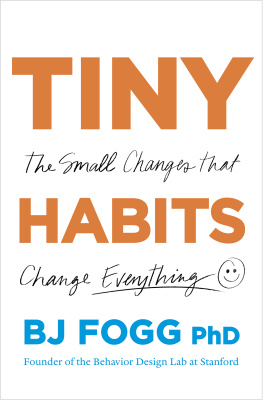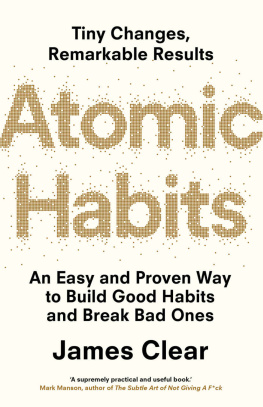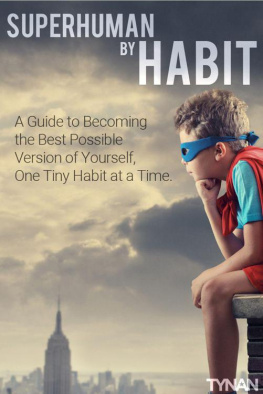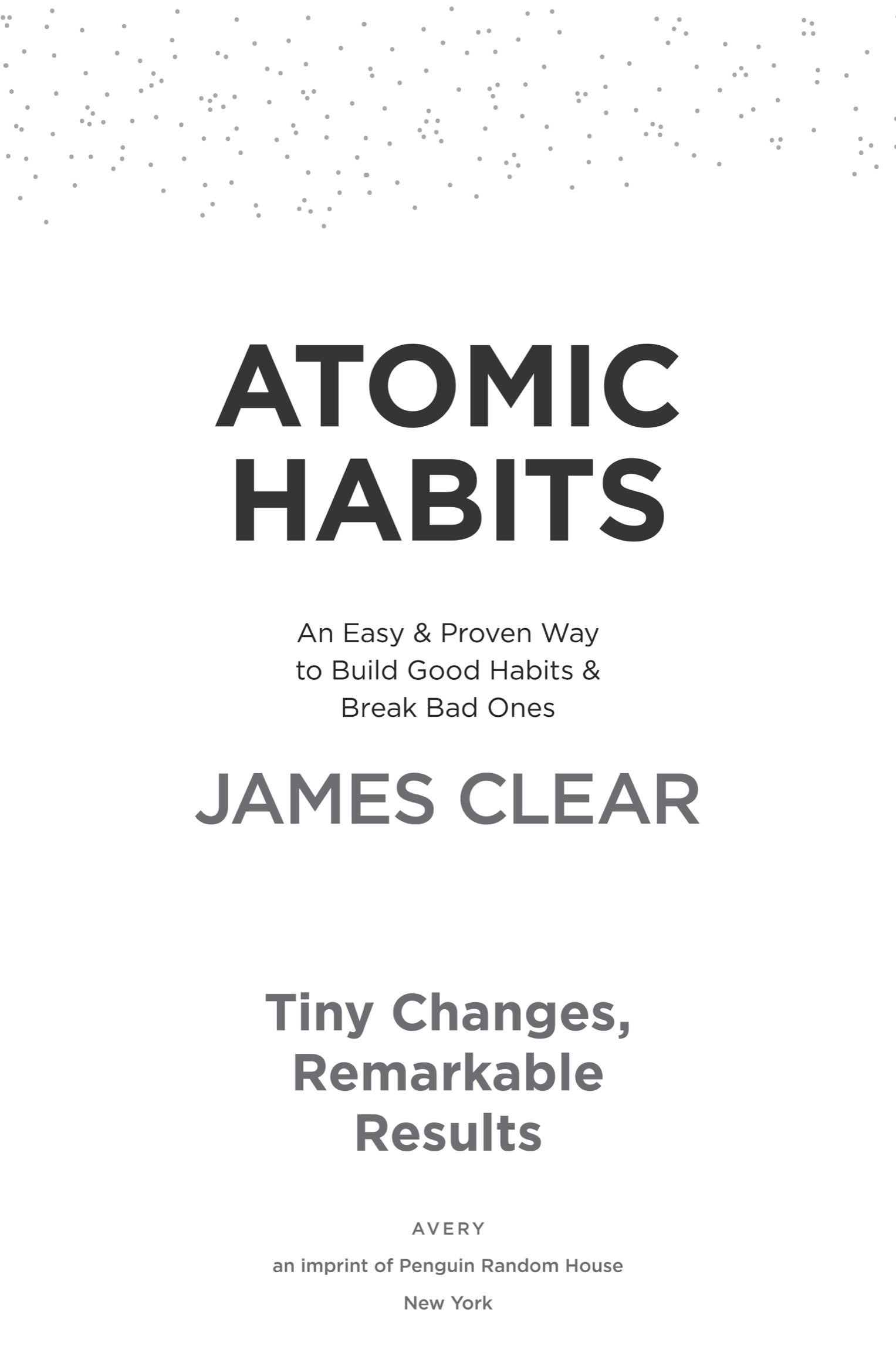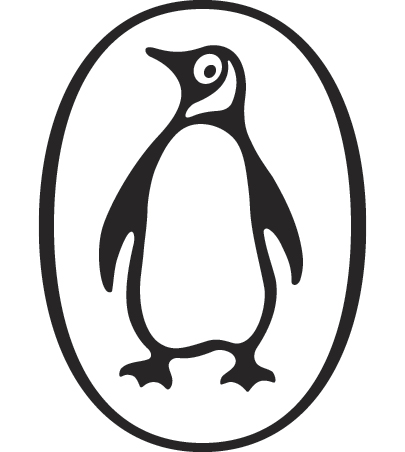Penguin supports copyright. Copyright fuels creativity, encourages diverse voices, promotes free speech, and creates a vibrant culture. Thank you for buying an authorized edition of this book and for complying with copyright laws by not reproducing, scanning, or distributing any part of it in any form without permission. You are supporting writers and allowing Penguin to continue to publish books for every reader.
While the author has made every effort to provide accurate Internet addresses at the time of publication, neither the publisher nor the author assumes any responsibility for errors, or for changes that occur after publication. Further, the publisher does not have any control over and does not assume any responsibility for author or third-party websites or their content.
Introduction
My Story
O N THE FINAL day of my sophomore year of high school, I was hit in the face with a baseball bat. As my classmate took a full swing, the bat slipped out of his hands and came flying toward me before striking me directly between the eyes. I have no memory of the moment of impact.
The bat smashed into my face with such force that it crushed my nose into a distorted U-shape. The collision sent the soft tissue of my brain slamming into the inside of my skull. Immediately, a wave of swelling surged throughout my head. In a fraction of a second, I had a broken nose, multiple skull fractures, and two shattered eye sockets.
When I opened my eyes, I saw people staring at me and running over to help. I looked down and noticed spots of red on my clothes. One of my classmates took the shirt off his back and handed it to me. I used it to plug the stream of blood rushing from my broken nose. Shocked and confused, I was unaware of how seriously I had been injured.
My teacher looped his arm around my shoulder and we began the long walk to the nurses office: across the field, down the hill, and back into school. Random hands touched my sides, holding me upright. We took our time and walked slowly. Nobody realized that every minute mattered.
When we arrived at the nurses office, she asked me a series of questions.
What year is it?
1998, I answered. It was actually 2002.
Who is the president of the United States?
Bill Clinton, I said. The correct answer was George W. Bush.
What is your moms name?
Uh. Um. I stalled. Ten seconds passed.
Patti, I said casually, ignoring the fact that it had taken me ten seconds to remember my own mothers name.
That is the last question I remember. My body was unable to handle the rapid swelling in my brain and I lost consciousness before the ambulance arrived. Minutes later, I was carried out of school and taken to the local hospital.
Shortly after arriving, my body began shutting down. I struggled with basic functions like swallowing and breathing. I had my first seizure of the day. Then I stopped breathing entirely. As the doctors hurried to supply me with oxygen, they also decided the local hospital was unequipped to handle the situation and ordered a helicopter to fly me to a larger hospital in Cincinnati.
I was rolled out of the emergency room doors and toward the helipad across the street. The stretcher rattled on a bumpy sidewalk as one nurse pushed me along while another pumped each breath into me by hand. My mother, who had arrived at the hospital a few moments before, climbed into the helicopter beside me. I remained unconscious and unable to breathe on my own as she held my hand during the flight.
While my mother rode with me in the helicopter, my father went home to check on my brother and sister and break the news to them. He choked back tears as he explained to my sister that he would miss her eighth-grade graduation ceremony that night. After passing my siblings off to family and friends, he drove to Cincinnati to meet my mother.
When my mom and I landed on the roof of the hospital, a team of nearly twenty doctors and nurses sprinted onto the helipad and wheeled me into the trauma unit. By this time, the swelling in my brain had become so severe that I was having repeated post-traumatic seizures. My broken bones needed to be fixed, but I was in no condition to undergo surgery. After yet another seizuremy third of the dayI was put into a medically induced coma and placed on a ventilator.
My parents were no strangers to this hospital. Ten years earlier, they had entered the same building on the ground floor after my sister was diagnosed with leukemia at age three. I was five at the time. My brother was just six months old. After two and a half years of chemotherapy treatments, spinal taps, and bone marrow biopsies, my little sister finally walked out of the hospital happy, healthy, and cancer free. And now, after ten years of normal life, my parents found themselves back in the same place with a different child.
While I slipped into a coma, the hospital sent a priest and a social worker to comfort my parents. It was the same priest who had met with them a decade earlier on the evening they found out my sister had cancer.
As day faded into night, a series of machines kept me alive. My parents slept restlessly on a hospital mattressone moment they would collapse from fatigue, the next they would be wide awake with worry. My mother would tell me later, It was one of the worst nights Ive ever had.
MY RECOVERY
Mercifully, by the next morning my breathing had rebounded to the point where the doctors felt comfortable releasing me from the coma. When I finally regained consciousness, I discovered that I had lost my ability to smell. As a test, a nurse asked me to blow my nose and sniff an apple juice box. My sense of smell returned, butto everyones surprisethe act of blowing my nose forced air through the fractures in my eye socket and pushed my left eye outward. My eyeball bulged out of the socket, held precariously in place by my eyelid and the optic nerve attaching my eye to my brain.
The ophthalmologist said my eye would gradually slide back into place as the air seeped out, but it was hard to tell how long this would take. I was scheduled for surgery one week later, which would allow me some additional time to heal. I looked like I had been on the wrong end of a boxing match, but I was cleared to leave the hospital. I returned home with a broken nose, half a dozen facial fractures, and a bulging left eye.
The following months were hard. It felt like everything in my life was on pause. I had double vision for weeks; I literally couldnt see straight. It took more than a month, but my eyeball did eventually return to its normal location. Between the seizures and my vision problems, it was eight months before I could drive a car again. At physical therapy, I practiced basic motor patterns like walking in a straight line. I was determined not to let my injury get me down, but there were more than a few moments when I felt depressed and overwhelmed.

